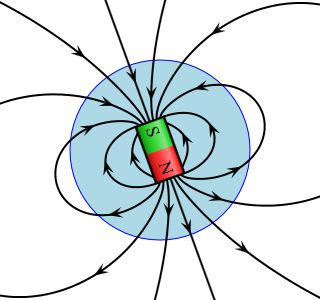Magnets, ADHD and Hypothermia—New Citations
 Magnets and Blood Pressure
Magnets and Blood Pressure
Biomedical researchers in China have recently investigated the possibility of using magnets to alter a person’s blood pressure. They constructed a device that applies a weak, rotating magnetic field around the cerebral cortex. The researchers used a BIOPAC MP150 Data Acquisition System to obtain continuous blood pressure data. What they found was that the device did have a significant effect on the subjects’ blood pressure, and the effect did vary depending on both the magnetic field’s frequency and position. This novel idea could provide a viable alternative to hypertension drugs. You can read the entire article here.
ADHD and Epilepsy
It has been proposed that the mechanisms that cause ADHD may also be tied to an increase in epileptic activity. Bulgarian neuroscientists have taken a look at using rats as a model to help understand the relationship between the diseases. They used spontaneously hypertensive rats as a model for ADHD and analyzed their brain EEG waveforms to assess their usefulness to explore ADHD-epilepsy co-morbidity. They used an MP150 system to acquire EEG data from the rats, and analyzed the data with AcqKnowledge software. Their findings supported the idea that these rats are a good fit for understanding mechanisms behind ADHD and epilepsy in humans, thus providing a new tool for modeling human cognitive disorder. Read the paper here.
Treating Seizures with Hypothermia
A major challenge that exists for patients suffering from refractory status epilepticus (RSE) is the development of resistance to drugs. Researchers have proposed that using controlled hypothermia may provide therapeutic effects for RSE patients. To test this, they chemically induced SE seizures in rats, and then tested the effect of deep hypothermia, achieved by placing the rats in a bag of ice, on the magnitude of the seizures. They used a BIOPAC EEG amplifier with an MP150 system to observe the epileptic activity of the rats. It was found that hypothermia did shorten the seizures, thus reducing the amount of neural damage caused. This new method may provide a useful alternative to drugs in RSE patients. You can read the entire paper here.
Stay Connected